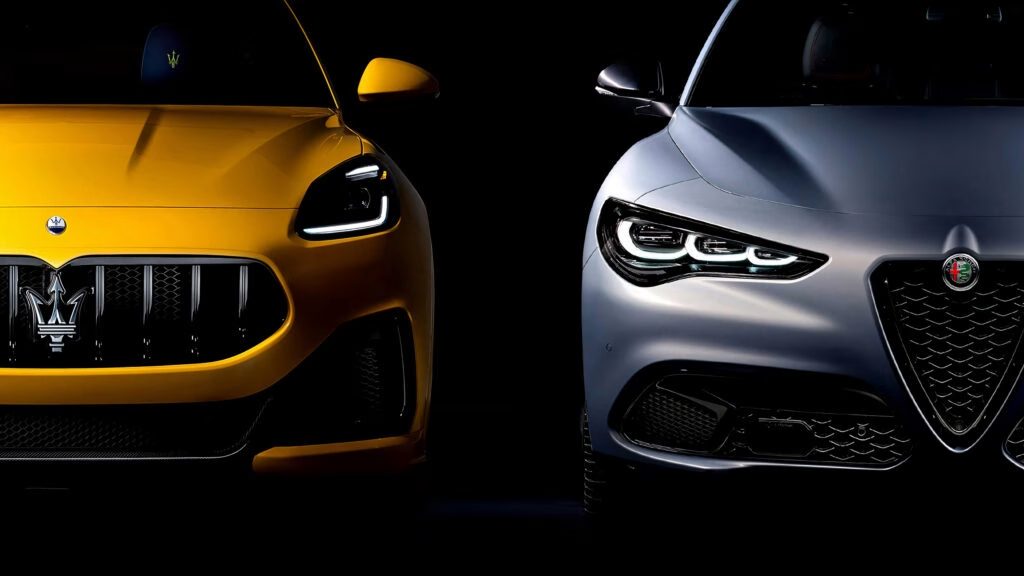Maserati and Alfa Romeo are two iconic names in the automotive world, each with a rich heritage and a loyal following. However, both brands are currently facing significant challenges in the competitive landscape of luxury vehicles. As they navigate these turbulent waters, a new strategy is emerging that could potentially reshape their futures.
### What’s the Plan for Maserati and Alfa Romeo?
Santo Filici, the CEO overseeing both Maserati and Alfa Romeo, is spearheading a strategic initiative aimed at revitalizing these brands. The plan involves a closer collaboration between the two companies, focusing on shared research and development (R&D) to cut costs and enhance efficiency. This proposal is set to be presented to Stellantis’ new CEO, Antonio Filosa, soon after he takes office.
Filici has expressed optimism about this collaboration, indicating that it could lead to significant synergies, particularly in vehicle development and organizational structure. The goal? To streamline operations while maintaining the unique identities of both brands. This approach is not about merging into one entity but rather about leveraging their strengths to improve overall performance.
### Why Are Maserati and Alfa Romeo Struggling?
Despite their storied pasts, Maserati has been one of the weakest performers within the Stellantis group. In recent years, its sales have plummeted, with a staggering 50% drop, resulting in just 11,300 units sold globally. This decline is particularly alarming given that Maserati has a more extensive lineup than Dodge, Chrysler, and Alfa Romeo combined. The brand’s struggles have led to the cancellation of the fully electric MC20 Folgore and further delays in the return of the Quattroporte sedan.
Alfa Romeo isn’t faring much better. While it managed to sell 62,000 vehicles in 2024, this figure still falls short of expectations. The brand’s recent models, like the Tonale, have not met sales targets, and plans for an all-electric future have been scrapped, leaving the aging Stelvio and Giulia to compete against newer rivals without significant updates.
### How Will Platform Sharing Work?
One of the key components of the proposed collaboration is the sharing of platforms and components. This strategy has precedent; for instance, the Maserati GranTurismo and GranCabrio utilize a modified version of the Alfa Romeo Giorgio platform, which underpins the Giulia and Stelvio. Conversely, the limited-edition Alfa Romeo 33 Stradale is essentially a reworked Maserati MC20, showcasing how intertwined the two brands already are.
By intensifying this sharing of resources, Maserati and Alfa Romeo can reduce development costs and expedite the introduction of new models. This approach allows both brands to retain their distinct market positions while benefiting from shared technology and expertise.
### What’s Next for These Brands?
The upcoming strategic plan is crucial for both Maserati and Alfa Romeo. With the automotive industry rapidly evolving—especially with the shift towards electric vehicles—these brands must adapt to survive. The collaboration could provide the necessary lifeline to innovate and compete more effectively in the luxury market.
As they prepare to present their plan to Stellantis’ leadership, the hope is that this partnership will not only stabilize their current operations but also set the stage for future growth.
The big takeaway? Maserati and Alfa Romeo’s journey isn’t just about survival; it’s about smarter adjustments and leveraging their strengths. By focusing on collaboration, they can navigate the challenges ahead and possibly emerge stronger than ever. Keep an eye on these iconic brands—they may just surprise us yet.

